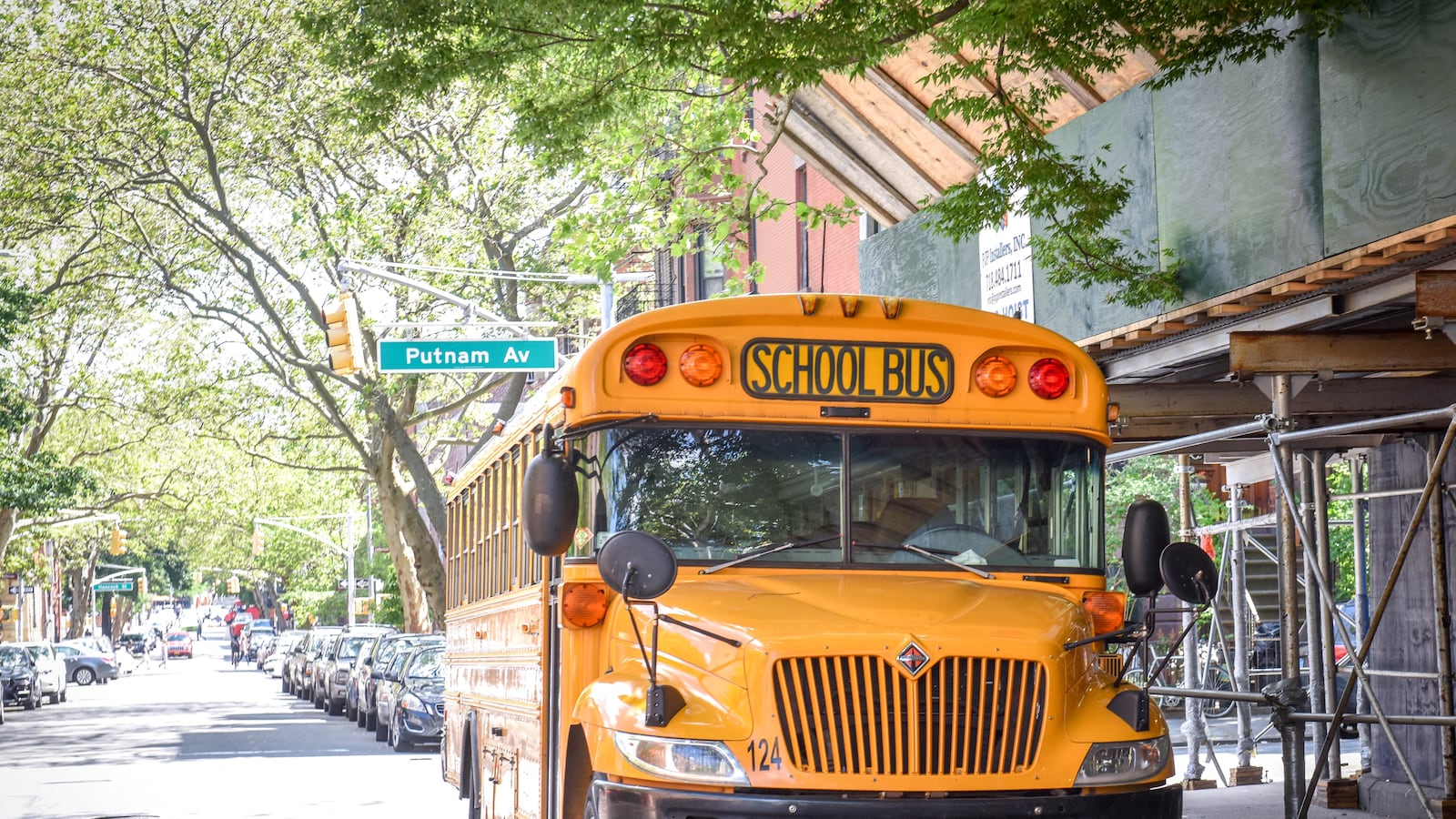Housing vouchers boost the math and reading scores of New York City public school students, according to a new study — the latest evidence that anti-poverty programs help low-income students do better academically.
For a student at the 50th percentile of performance, getting a voucher would push them to the 52nd percentile in one year. It’s a small increase, but these benefits could add up over time, and are notable for an effort that isn’t about improving schools.
“Housing policy is education policy,” said Amy Ellen Schwartz, one of the researchers and a professor at Syracuse University. “We want to improve kids’ outcomes — sometimes what we’re going to have to do is look outside of the schoolhouse door and think about housing.”
The paper focuses on the federal housing program often referred to as Section 8, which helps low-income families pay rent. The authors were able to link data on those benefits between 2005 and 2011 to the school records of more than 30,000 students in grades three through eight. To isolate cause and effect, the authors looked at students’ test scores after their families received a voucher, and compared them to similar students whose families got a voucher later.
What explains the improvements? Some families moved. Receiving a voucher led families to live in buildings with fewer hazardous code violations and in areas with lower poverty rates after receiving the voucher; their children attended schools with higher test scores.
The differences were small, though, and it’s not clear they explain the results. Students benefited from the vouchers even if they didn’t switch schools or move homes.
“It seems as though the positive effects of vouchers are driven, in large part, by the rental subsidy itself through reduced rent burdens, increased disposable income, or a greater sense of residential security,” the researchers say. Housing vouchers have previously been shown to reduce homelessness and housing instability.
Notably, the test-score gains were smaller for black students, who represented nearly half the students in the study, than Hispanic students, who made up most of the remaining students.
“It is unclear why housing vouchers do not translate into greater building, neighborhood, or school improvements for black families, but it is possible that discriminatory barriers or information channels limit their access,” the paper says.
It’s not clear how much to read into this particular finding since it conflicts with another recent study, which found that vouchers and public housing programs in Wisconsin led to large math test score gains for black students but had no effect on white students. (There was no effect for either group in reading.)
Relatively few other studies have looked at the academic effects of housing assistance, and what exists has come to a mix of conclusions. But the latest research is right in line with a number of past studies showing that children do better in school when their families receive additional income, food stamps, tax credits, or healthcare benefits.
More than 2 million U.S. households receive a voucher, but in many places, demand far outstrips supply. When Los Angeles recently opened its Section 8 waitlist for the first time in 13 years, nearly 200,000 people applied for just 20,000 spots on the waitlist. Even making it on such a list usually means an extended wait.
Nationally, among potentially eligible low-income families, just one in four receive federal housing support of any kind.
That worries Schwartz. “There just aren’t enough [vouchers] to go around,” she said.
New York City hasn’t accepted new housing voucher applicants since 2009, and the existing waiting list runs 138,000 people long, according to city data. Meanwhile, over 100,000 New York City public school children — or one in 10 — were homeless at some point last school year.


